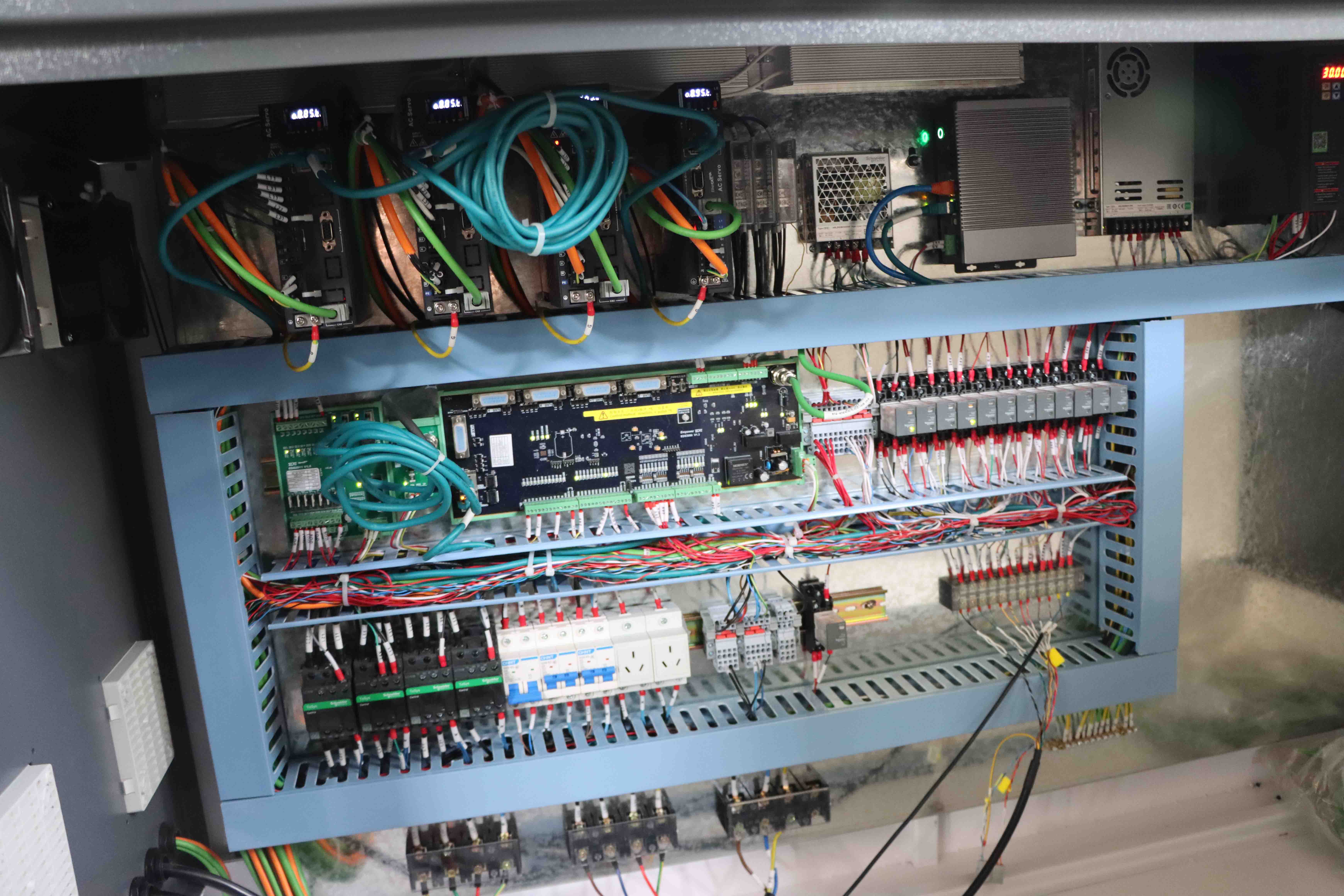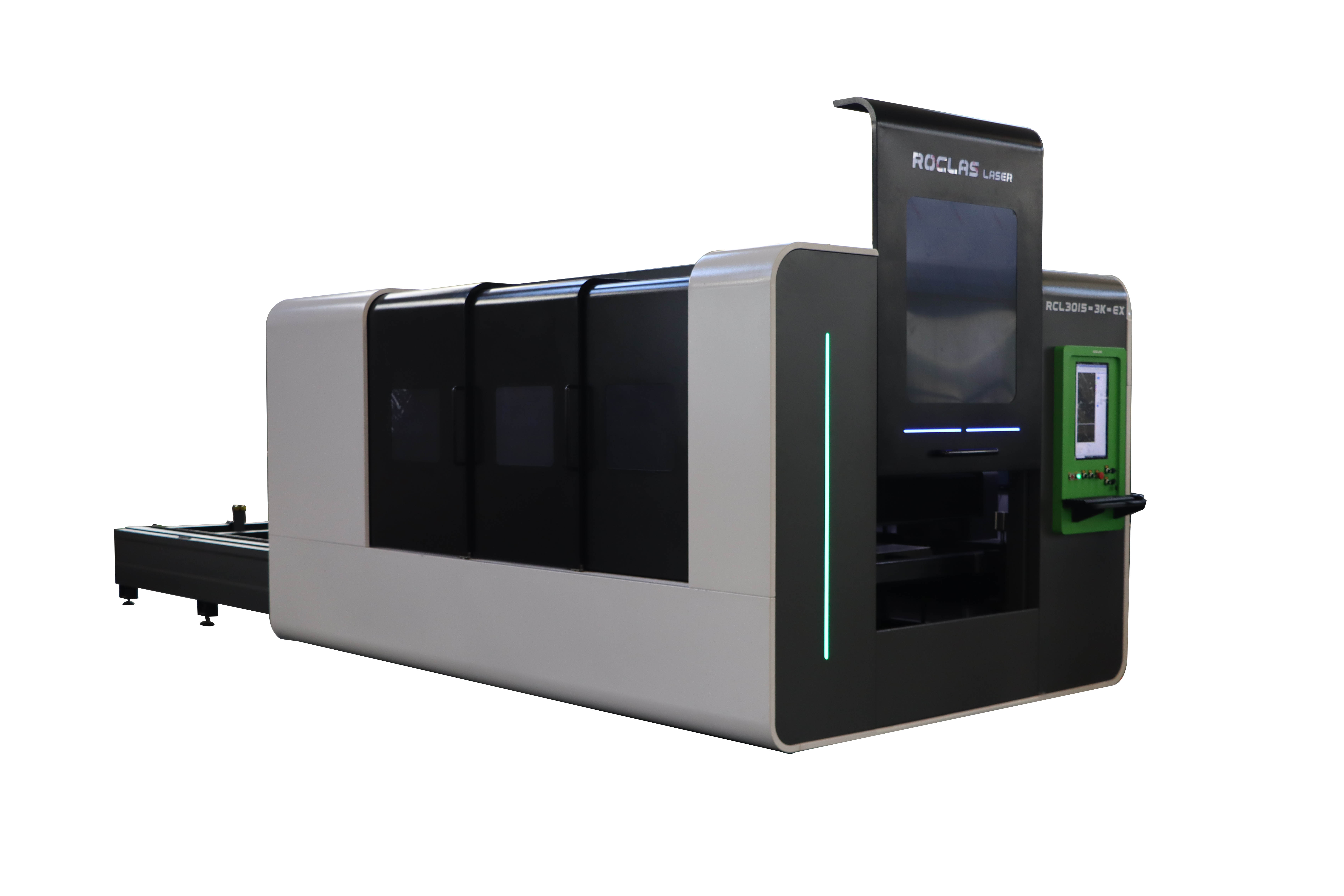Introduction
In the realm of modern manufacturing, precision, efficiency, and versatility are paramount. Among the myriad of technologies that have emerged to meet these demands, Fiber Laser CNC Machines stand out as a revolutionary tool. These machines combine the precision of Computer Numerical Control (CNC) with the power of fiber laser technology, offering unparalleled capabilities in cutting, engraving, and marking a wide range of materials. This article delves into the intricacies of Fiber Laser CNC Machines, exploring their components, working principles, applications, advantages, and future prospects.
Understanding Fiber Laser CNC Machines

1. Components of a Fiber Laser CNC Machine
A Fiber Laser CNC Machine is a sophisticated piece of equipment composed of several key components

- Fiber Laser Source The heart of the machine, the fiber laser source generates a high-intensity laser beam. Unlike traditional CO2 lasers, fiber lasers use optical fibers doped with rare-earth elements like erbium, ytterbium, or neodymium to produce the laser beam. This results in higher efficiency, better beam quality, and longer operational life.

- CNC Controller The CNC controller is the brain of the machine, responsible for interpreting design files (typically in formats like G-code) and translating them into precise movements of the laser head. It ensures accuracy and repeatability in the machining process.
- Laser Head The laser head focuses the laser beam onto the workpiece. It is equipped with lenses and mirrors that direct and concentrate the beam to achieve the desired cutting or engraving effect.
- Work Bed The work bed is the surface on which the material to be processed is placed. It can be stationary or movable, depending on the machine's design. Some machines feature adjustable work beds to accommodate materials of varying thicknesses.
- Cooling System Fiber lasers generate significant heat during operation. A cooling system, often a chiller, is essential to maintain optimal operating temperatures and prevent damage to the laser source.
- Exhaust System The exhaust system removes fumes and debris generated during the cutting or engraving process, ensuring a clean working environment and maintaining the quality of the finished product.
2. Working Principle of Fiber Laser CNC Machines
The operation of a Fiber Laser CNC Machine can be broken down into several steps
- Design Input The process begins with the creation of a design file using CAD (Computer-Aided Design) software. This file is then converted into G-code, a language that the CNC controller can understand.
- Material Setup The material to be processed is placed on the work bed and secured in place. The laser head is positioned at the starting point of the design.
- Laser Cutting/Engraving The CNC controller directs the laser head to follow the path specified in the G-code. The fiber laser emits a high-energy beam that interacts with the material, causing it to melt, vaporize, or burn away, depending on the desired effect.
- Cooling and Exhaust Throughout the process, the cooling system maintains the laser source's temperature, while the exhaust system removes any fumes or debris.
- Finishing Once the process is complete, the finished product is removed from the work bed. Depending on the application, additional post-processing steps such as cleaning or polishing may be required.
Applications of Fiber Laser CNC Machines
Fiber Laser CNC Machines are incredibly versatile and find applications across a wide range of industries
- Metal Fabrication These machines excel in cutting and engraving metals, including steel, stainless steel, aluminum, copper, and brass. They are widely used in the automotive, aerospace, and construction industries for producing precision components.
- Electronics In the electronics industry, Fiber Laser CNC Machines are used for cutting and marking circuit boards, engraving serial numbers, and creating intricate designs on electronic components.
- Jewelry Making The precision of fiber lasers makes them ideal for engraving intricate designs on jewelry pieces, cutting delicate patterns, and marking precious metals.
- Medical Devices In the medical field, these machines are used for cutting and engraving surgical instruments, implants, and medical devices with high precision and hygiene.
- Art and Design Artists and designers use Fiber Laser CNC Machines to create intricate patterns, sculptures, and custom designs on various materials, including wood, acrylic, and leather.
Advantages of Fiber Laser CNC Machines
The adoption of Fiber Laser CNC Machines offers numerous advantages over traditional machining methods
- High Precision The combination of CNC technology and fiber lasers ensures exceptional accuracy and repeatability, making these machines ideal for applications requiring tight tolerances.
- Speed and Efficiency Fiber lasers operate at high speeds, significantly reducing production times compared to conventional methods. Their efficiency also translates to lower energy consumption.
- Versatility These machines can process a wide range of materials, from metals to plastics, making them suitable for diverse industries and applications.
- Minimal Maintenance Fiber lasers have a longer operational life and require less maintenance compared to other types of lasers, reducing downtime and operational costs.
- Clean Cuts The focused laser beam produces clean, burr-free cuts, eliminating the need for additional finishing processes in many cases.
- Automation and Integration Fiber Laser CNC Machines can be easily integrated into automated production lines, enhancing productivity and reducing labor costs.
Future Prospects of Fiber Laser CNC Machines
As technology continues to advance, the future of Fiber Laser CNC Machines looks promising. Several trends and developments are expected to shape the evolution of these machines
- Increased Power and Speed Ongoing research and development are likely to result in fiber lasers with higher power outputs and faster cutting speeds, further enhancing their efficiency and capabilities.
- Enhanced Precision Advances in CNC technology and laser optics will enable even greater precision, allowing for the production of more complex and intricate designs.
- Integration with AI and IoT The integration of Artificial Intelligence (AI) and the Internet of Things (IoT) will enable smarter, more autonomous Fiber Laser CNC Machines. These machines will be able to self-optimize, predict maintenance needs, and seamlessly integrate with other smart manufacturing systems.
- Expanded Material Compatibility Future developments may expand the range of materials that can be processed by Fiber Laser CNC Machines, including advanced composites and new alloys.
- Sustainability As environmental concerns grow, there will be a greater emphasis on developing more energy-efficient and eco-friendly Fiber Laser CNC Machines, reducing their carbon footprint and waste generation.
Conclusion
Fiber Laser CNC Machines represent a significant leap forward in precision manufacturing. Their ability to combine the power of fiber lasers with the precision of CNC technology has revolutionized industries ranging from metal fabrication to electronics and jewelry making. With their high precision, speed, versatility, and efficiency, these machines are poised to play an increasingly important role in the future of manufacturing. As technology continues to evolve, we can expect Fiber Laser CNC Machines to become even more powerful, precise, and integrated, driving innovation and productivity across a wide range of applications. Whether you're a manufacturer looking to enhance your production capabilities or a designer seeking to push the boundaries of creativity, Fiber Laser CNC Machines offer a world of possibilities.
Previous:Lasers That Cut Metal Revolutionizing Precision Manufacturing
Next:Not
Regardless of whether you require general advice or specific support, we are happy to help you.